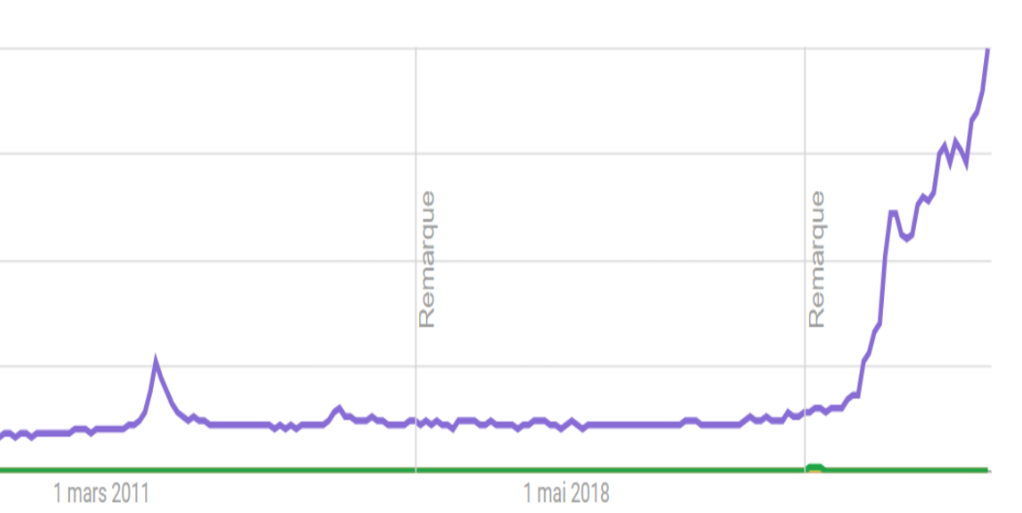Is Extreme VUCA Redefining Business Strategy?
2014: Do You Know VUCA? When I started arguing with companies about the relevance of Demand Driven tactics eleven years ago, I had to explain the volatile business environment at some length. “Today’s environment is increasingly volatile, uncertain, complex, and ambiguous, so we need to develop supply chain agility and resilience. It is illusory to … Read more














